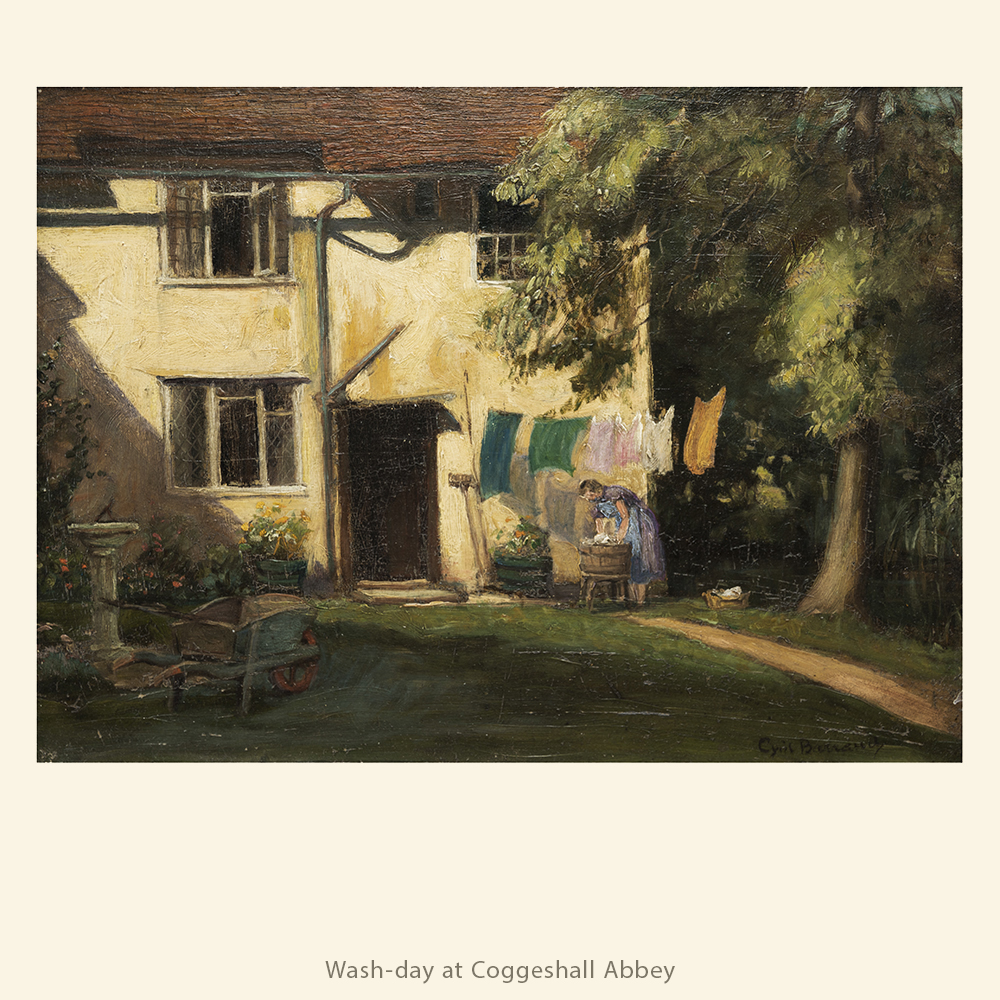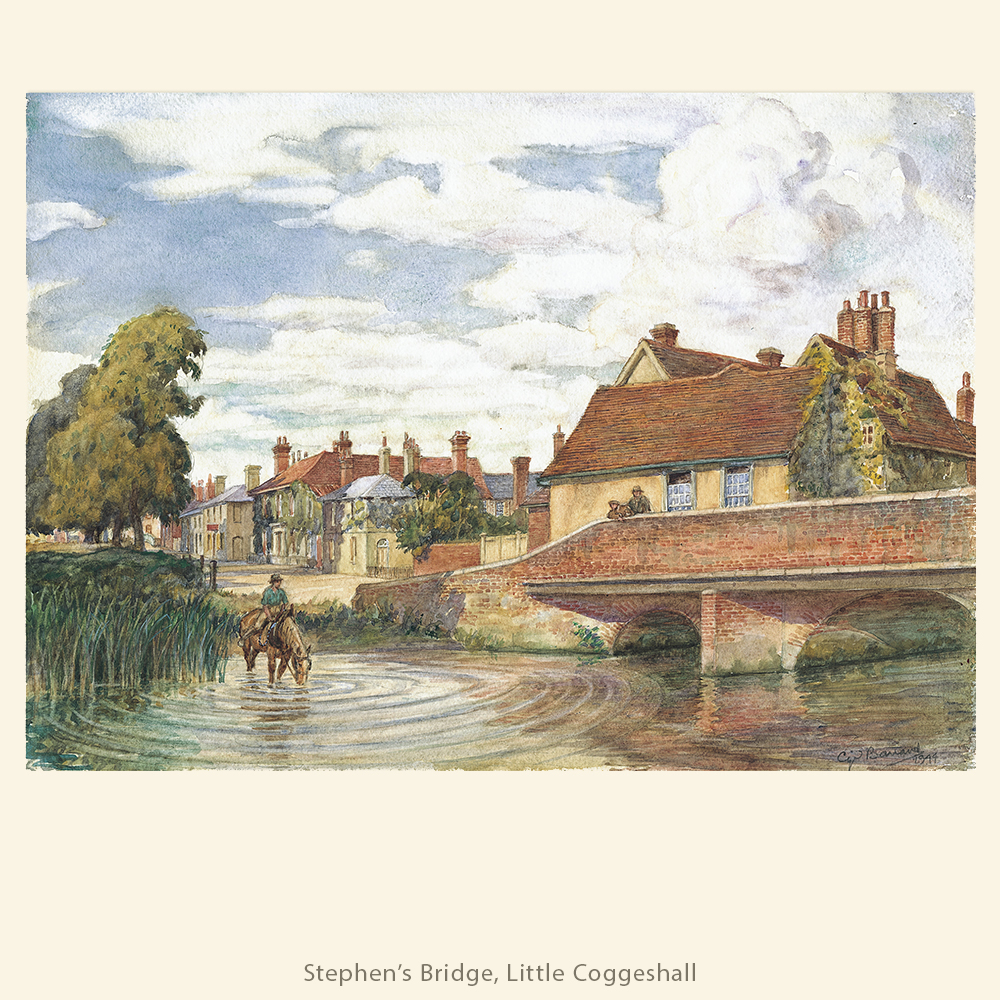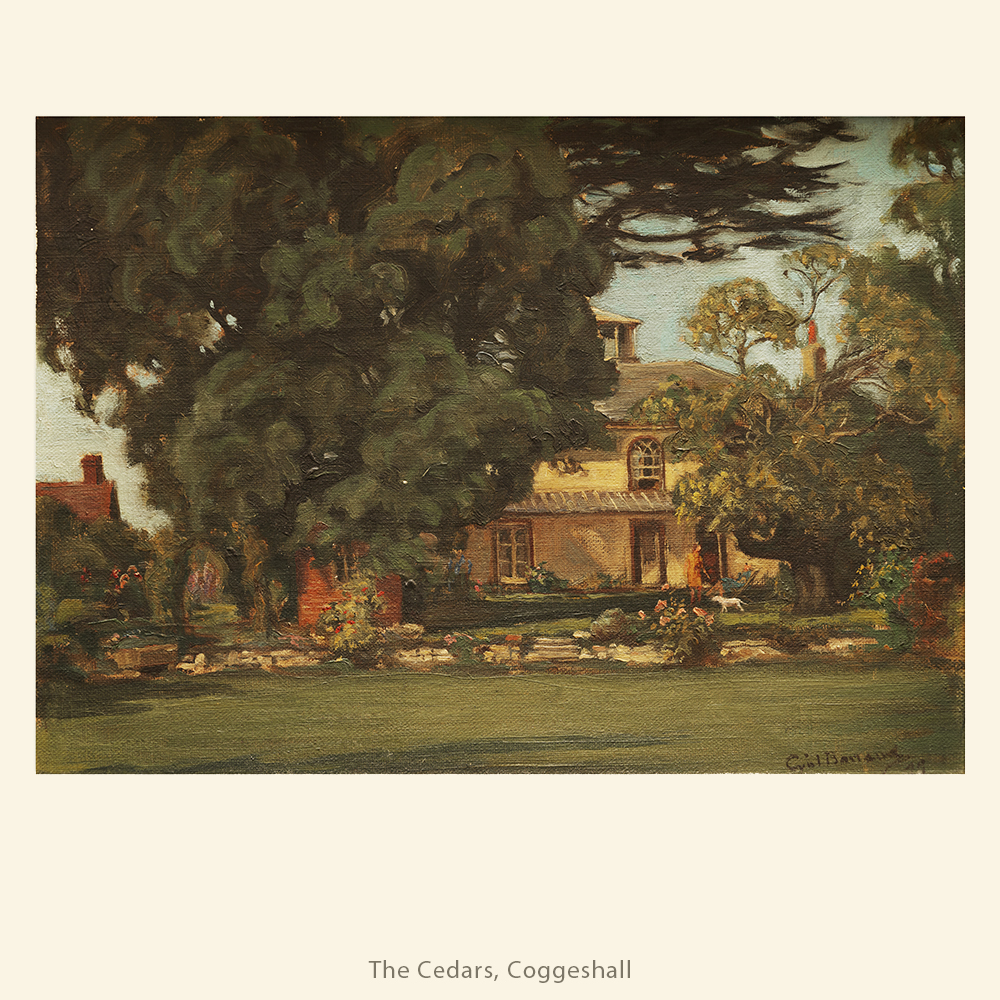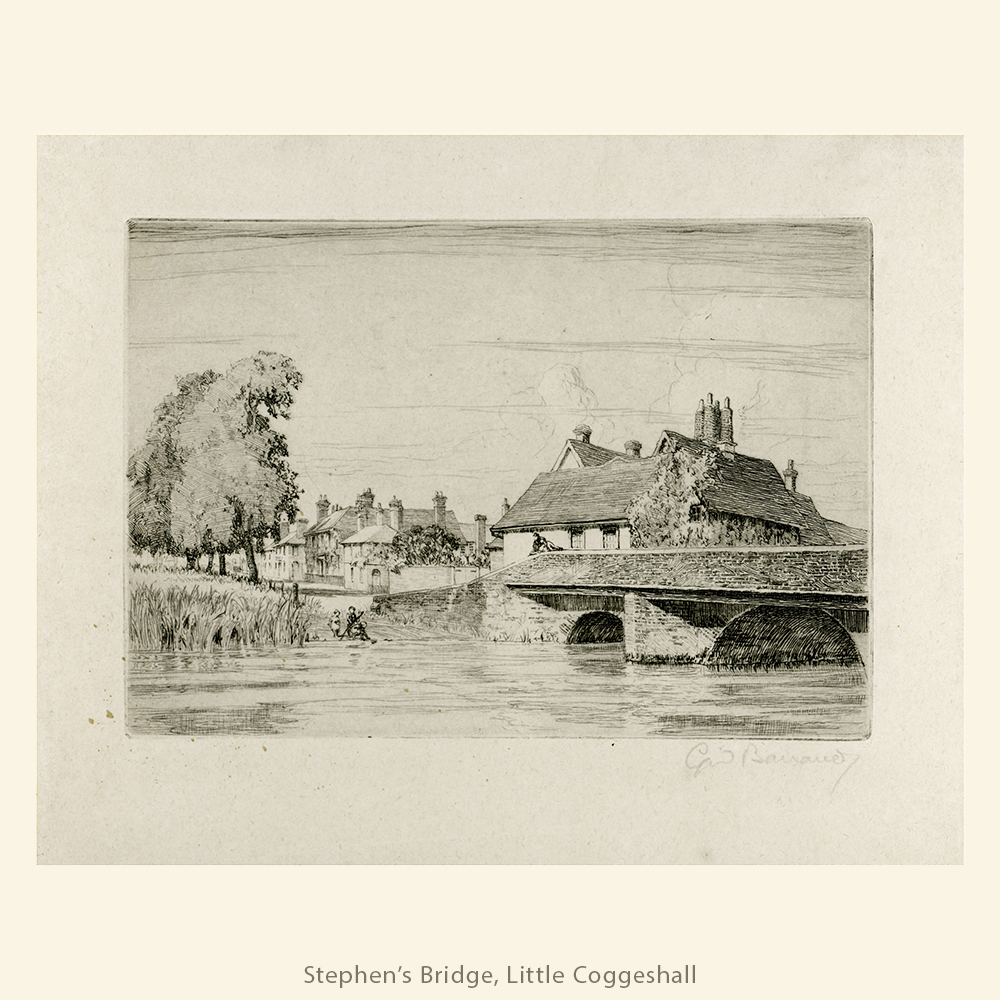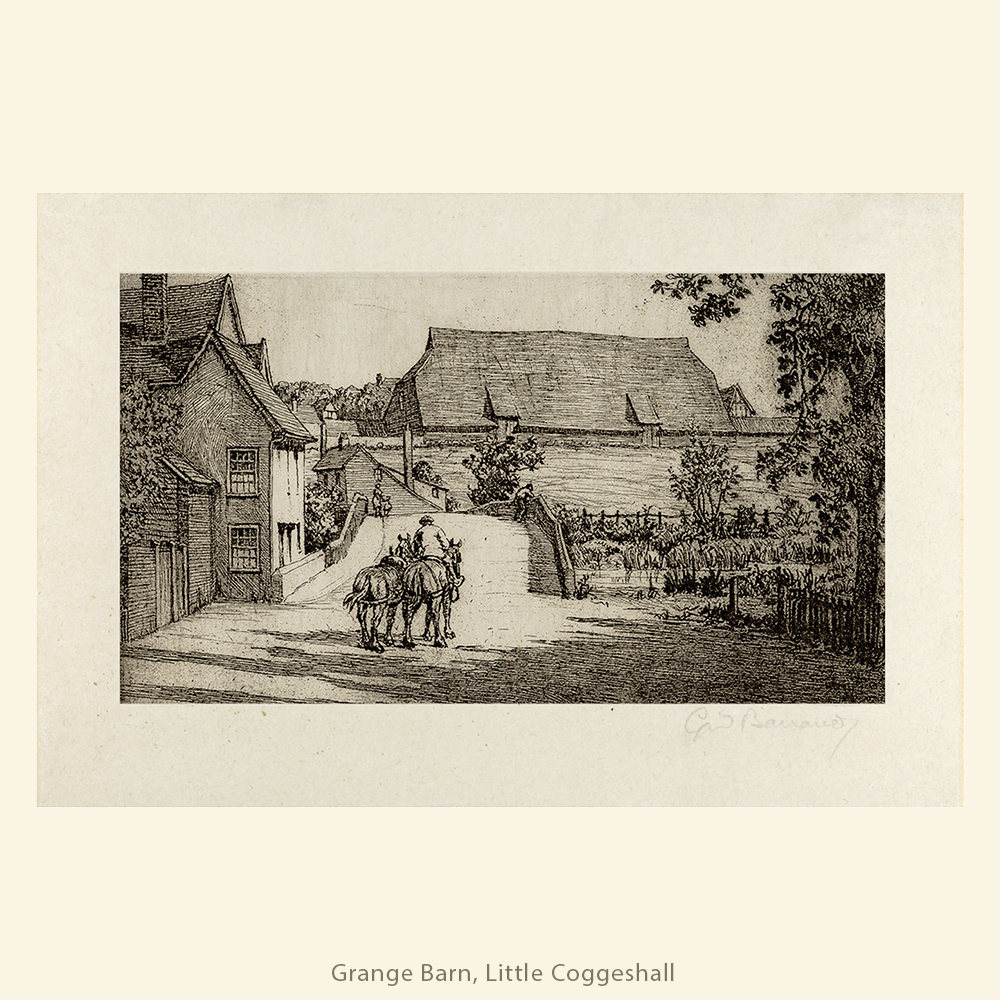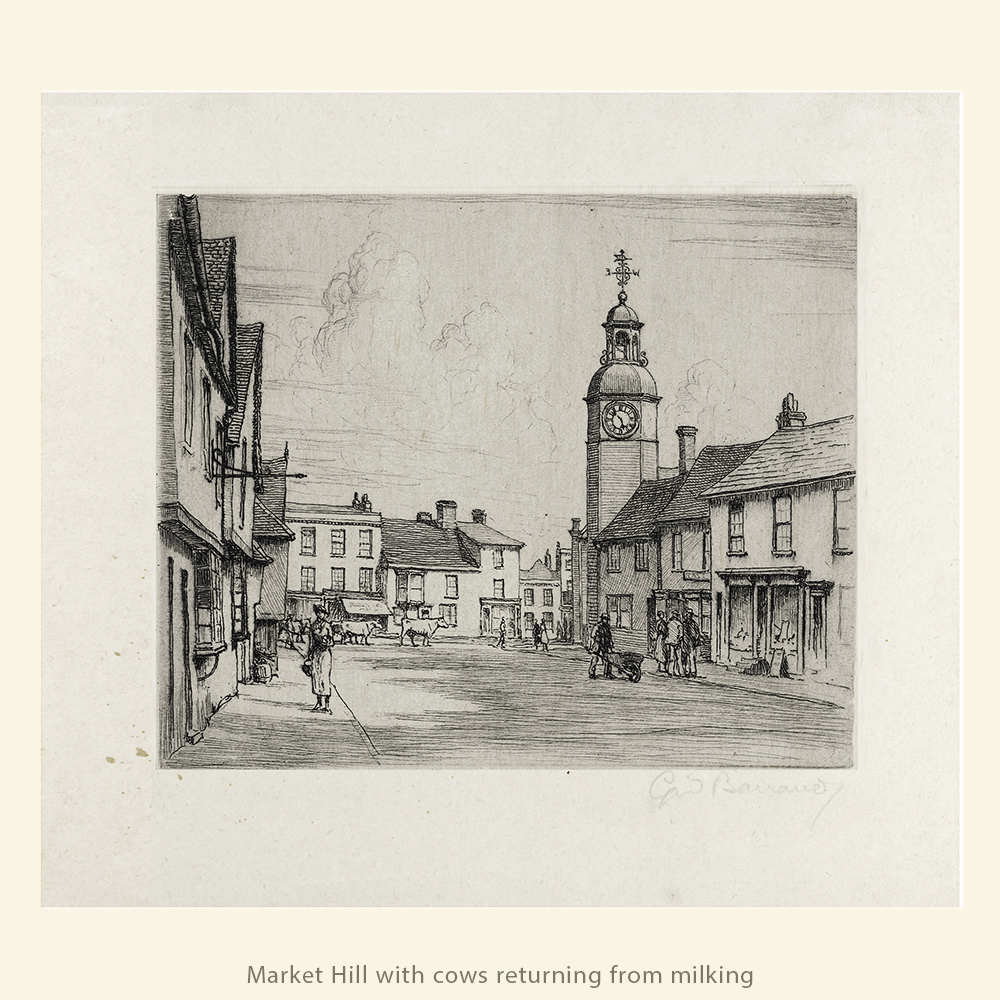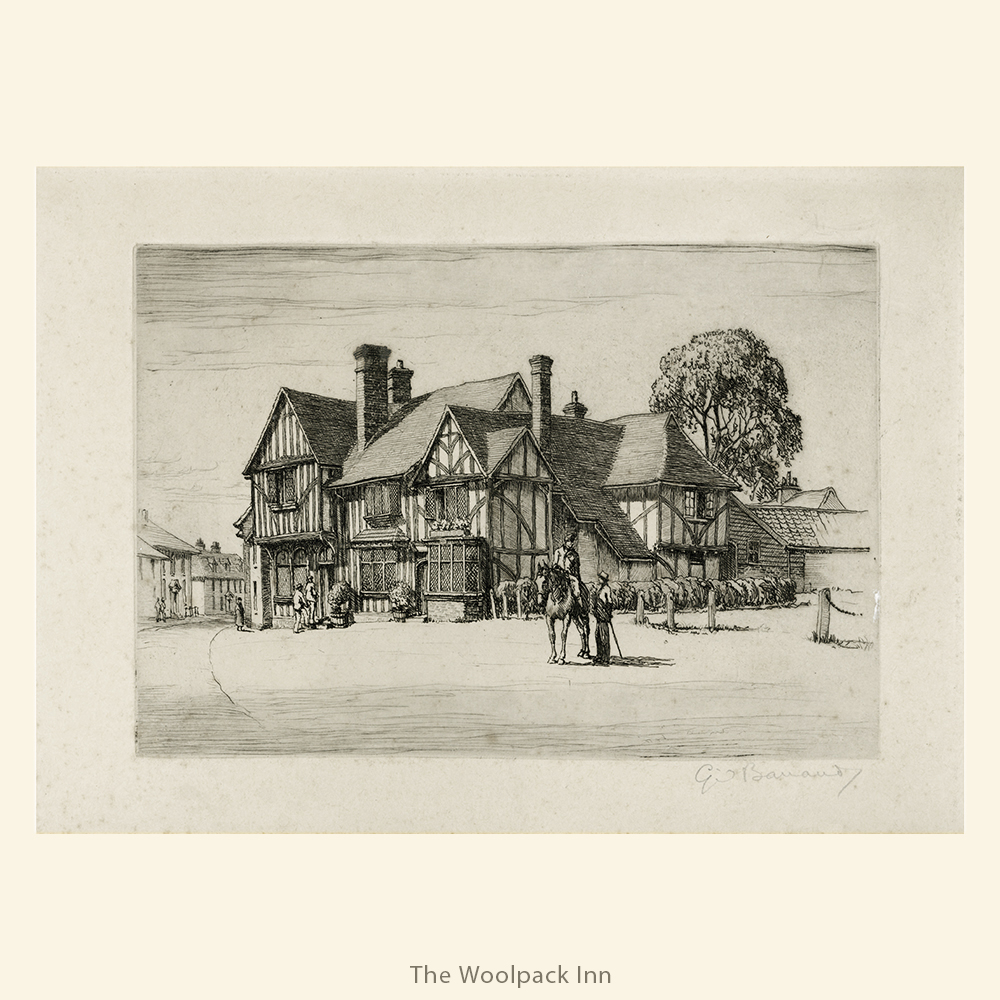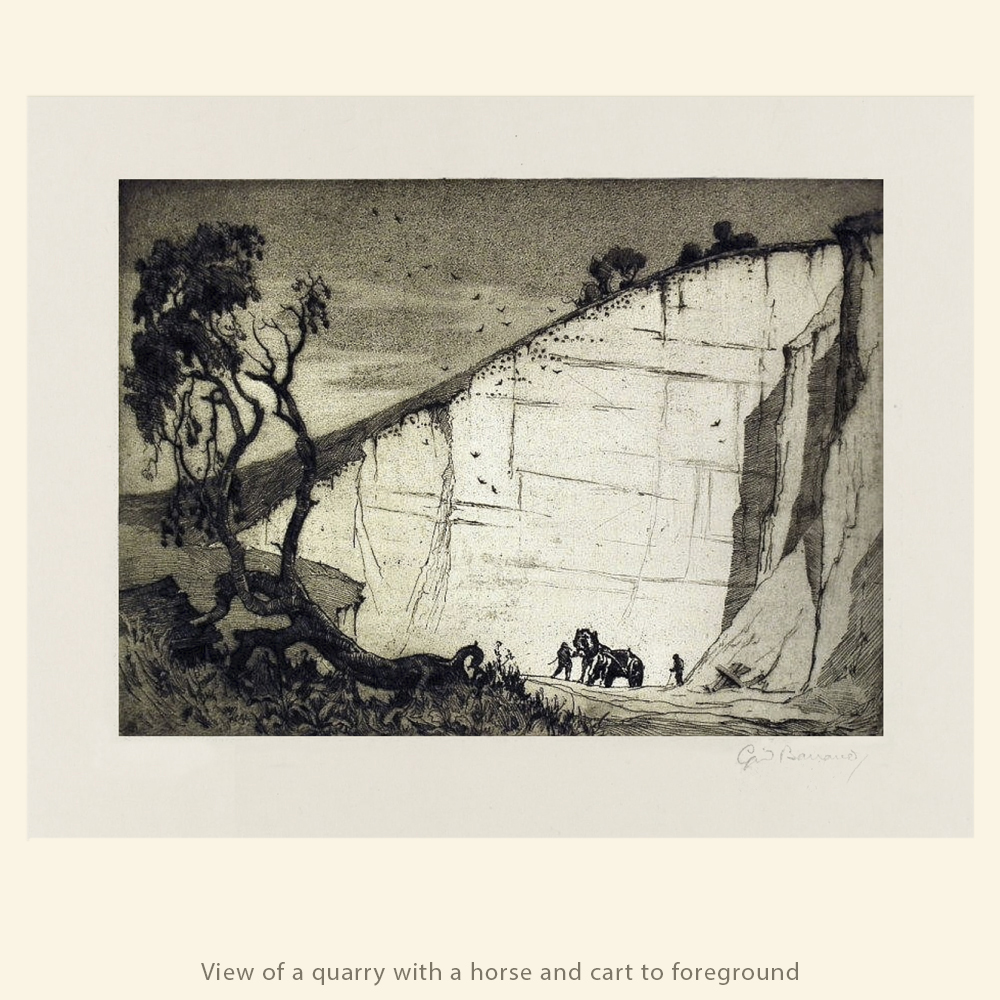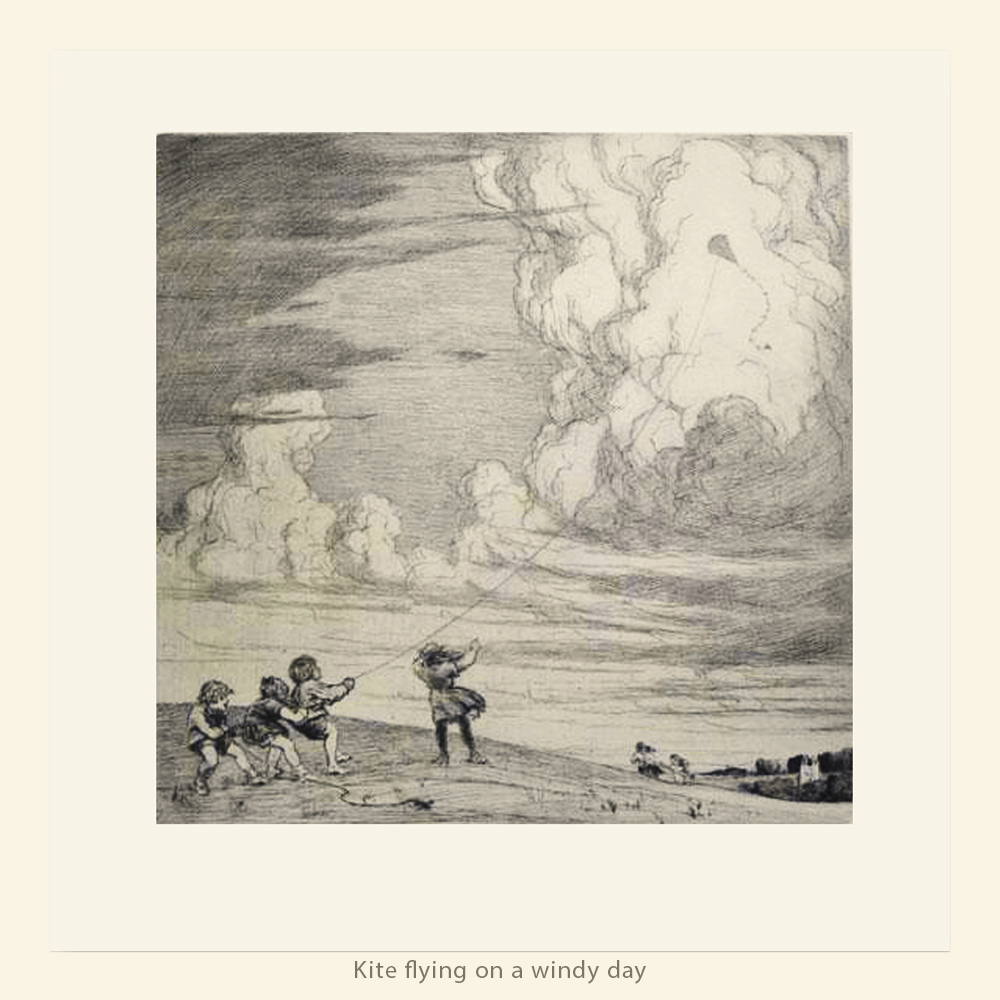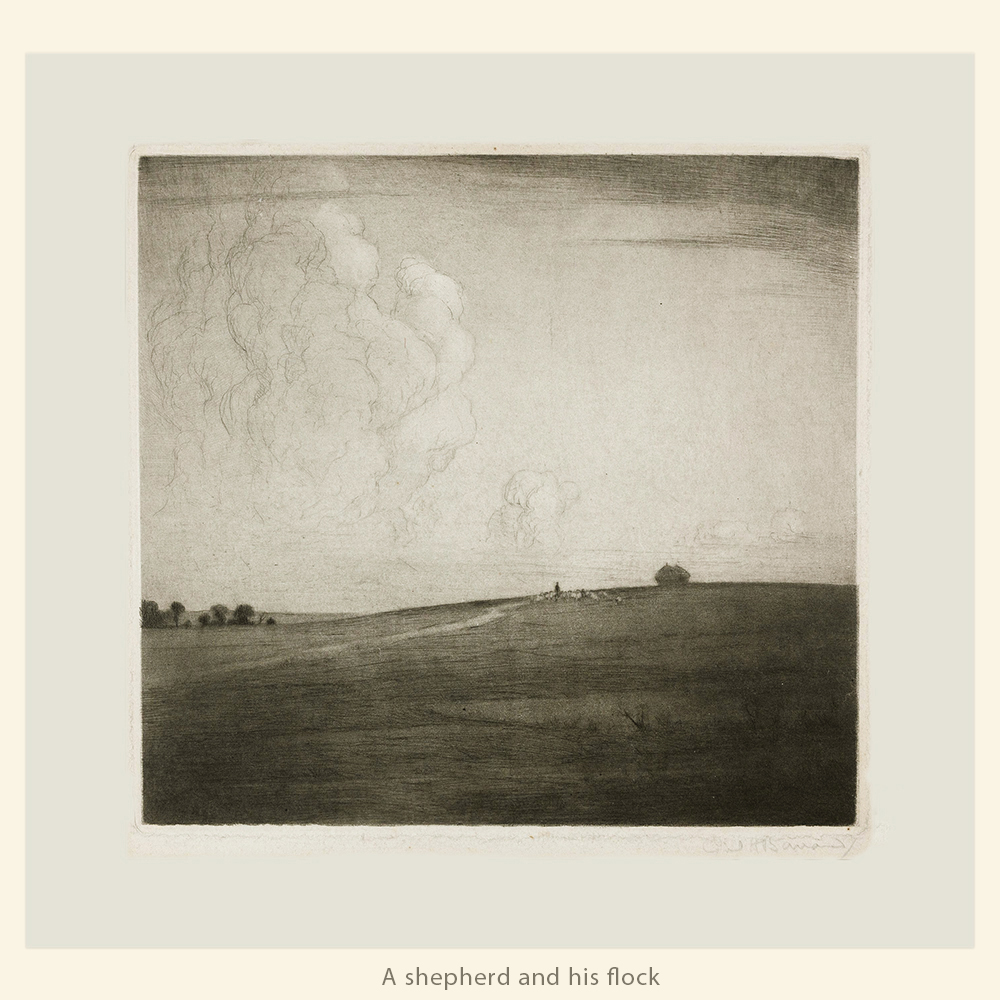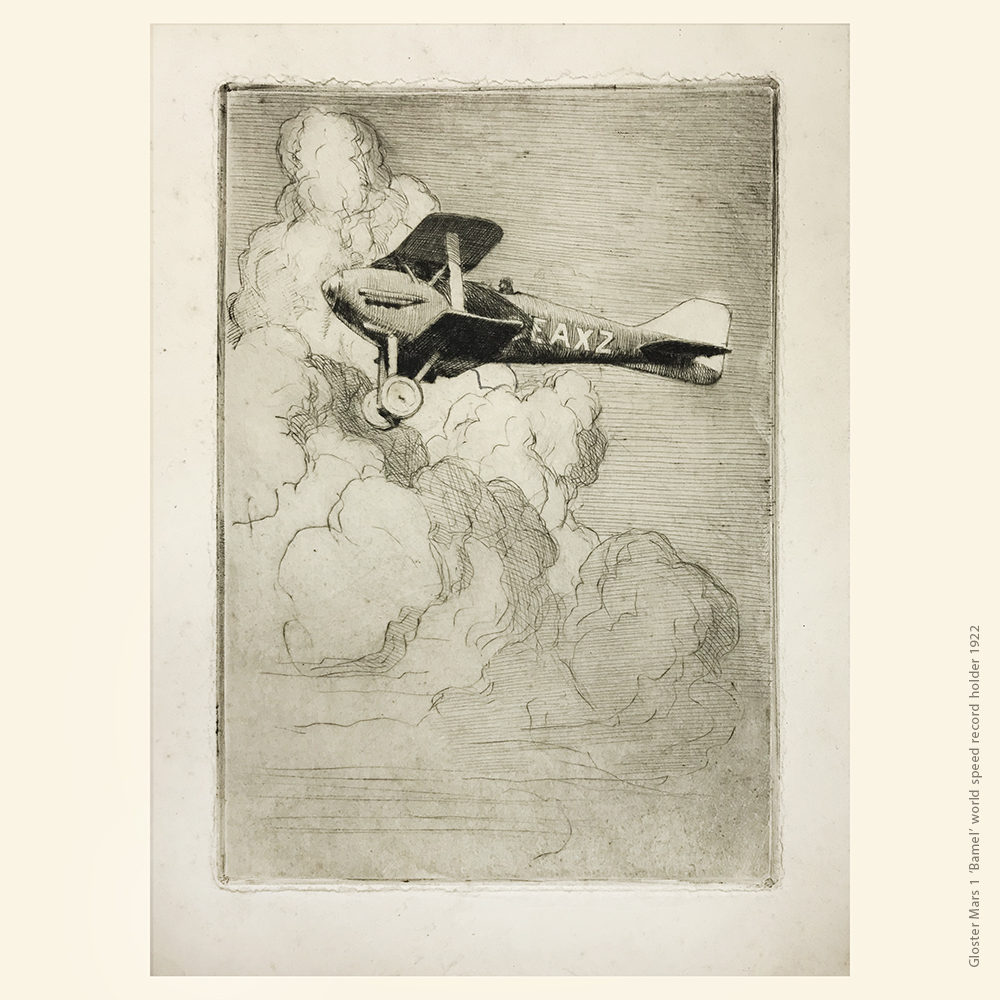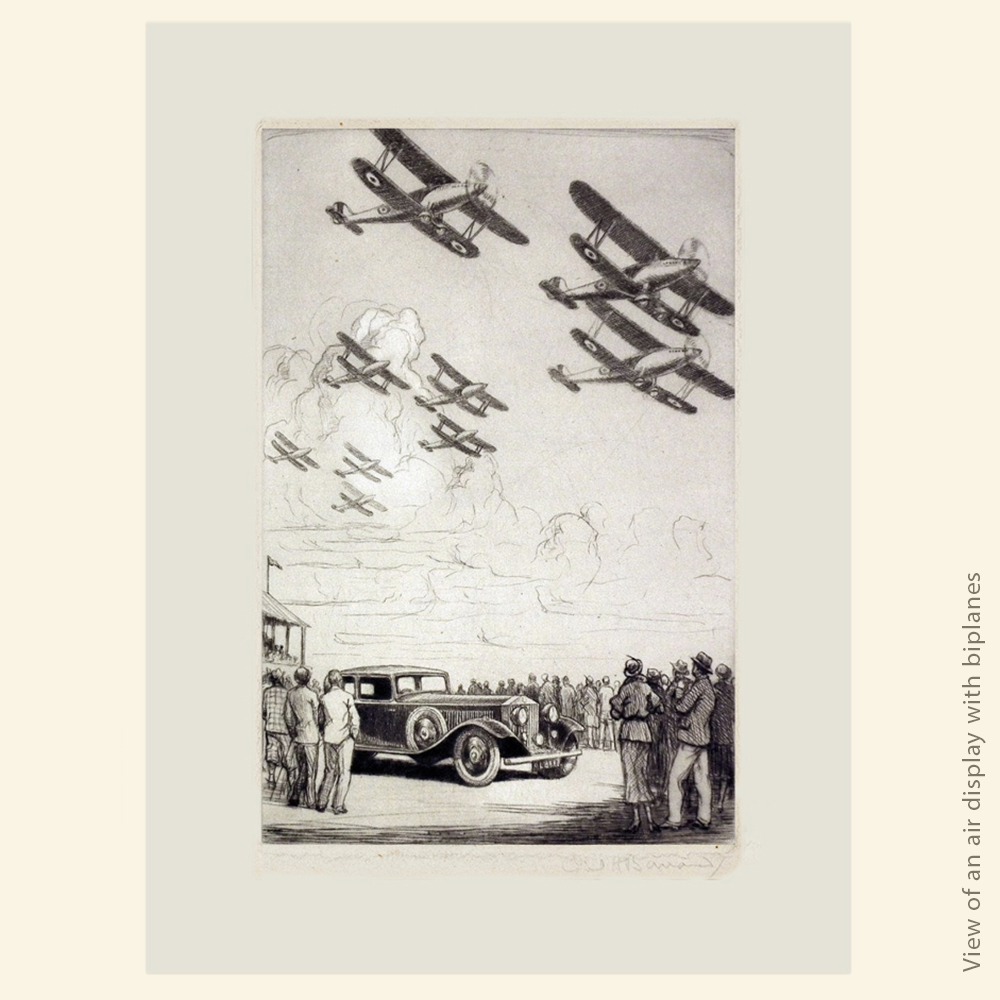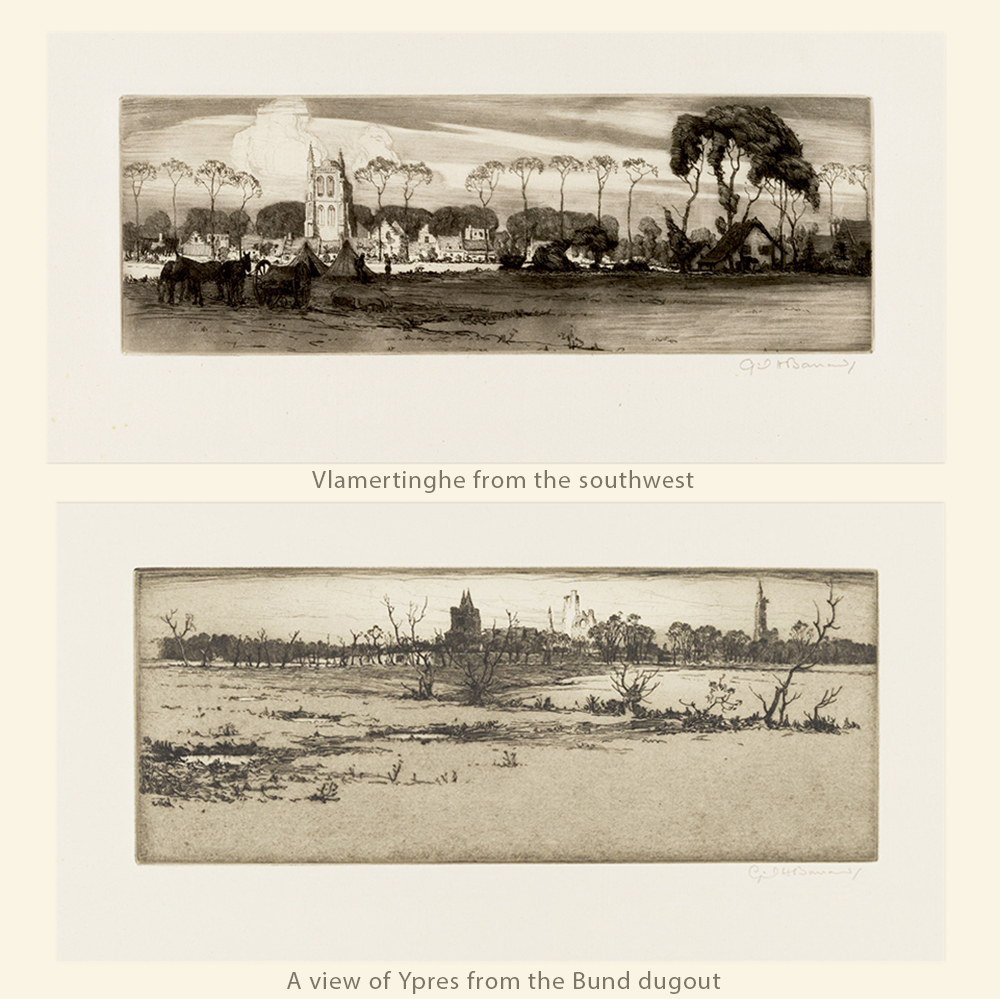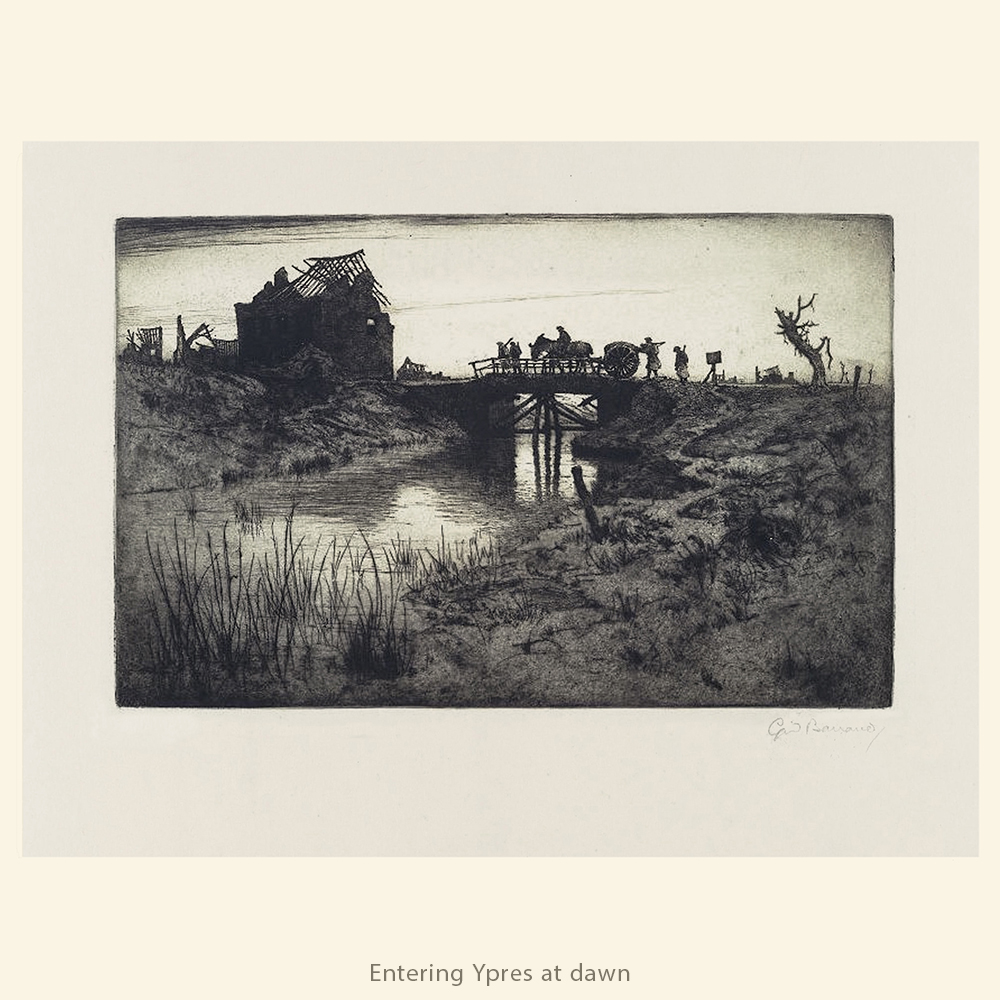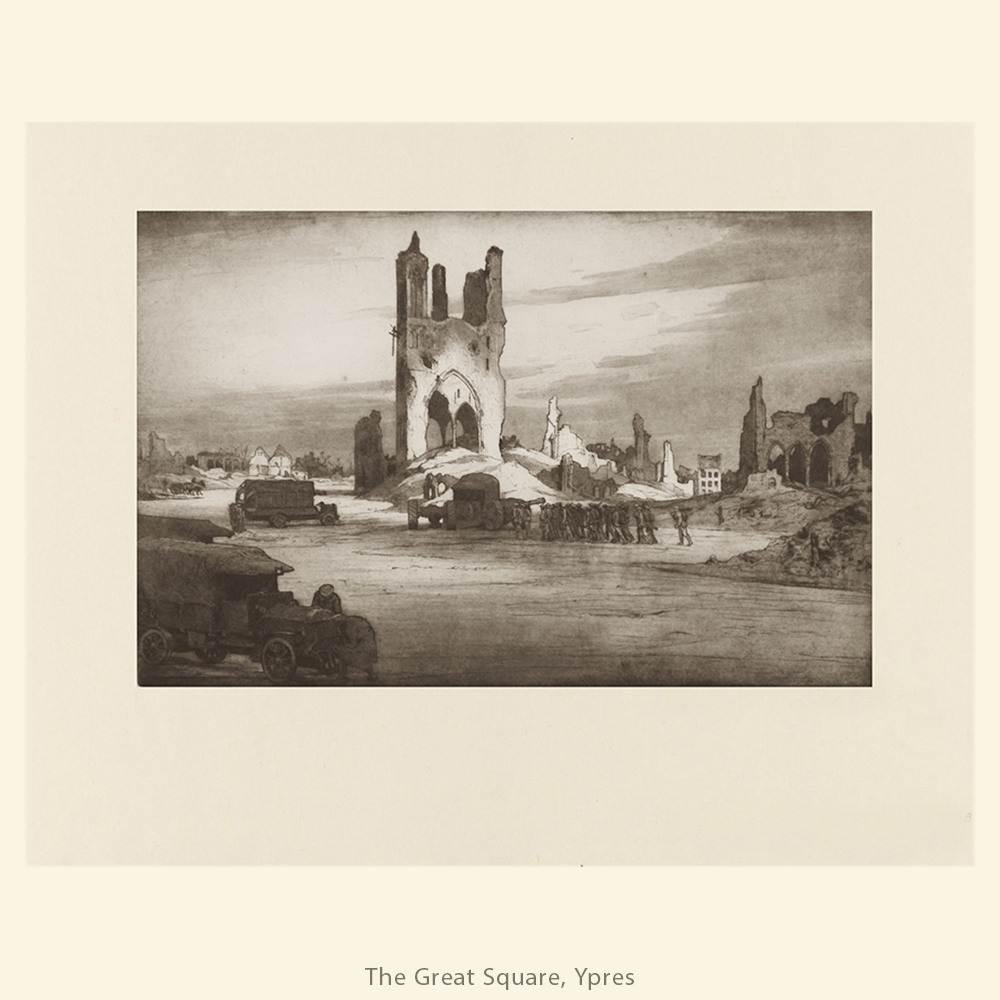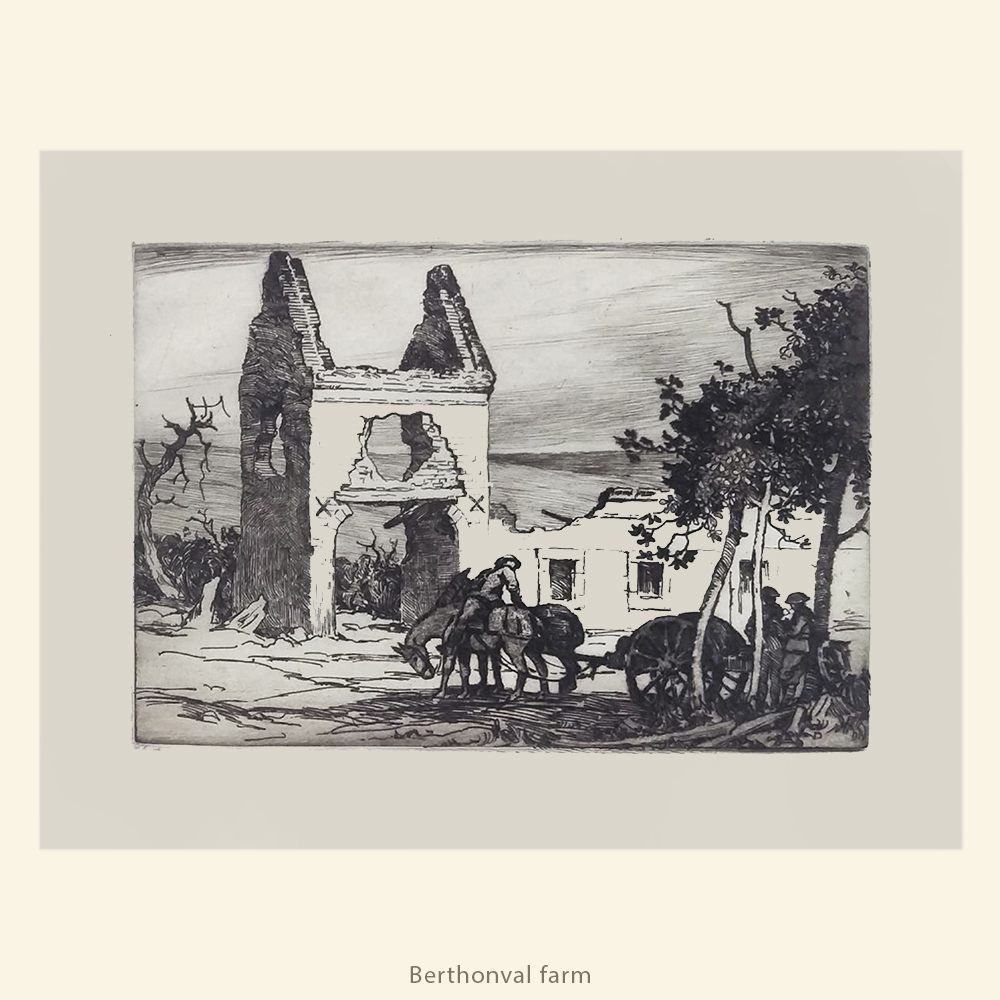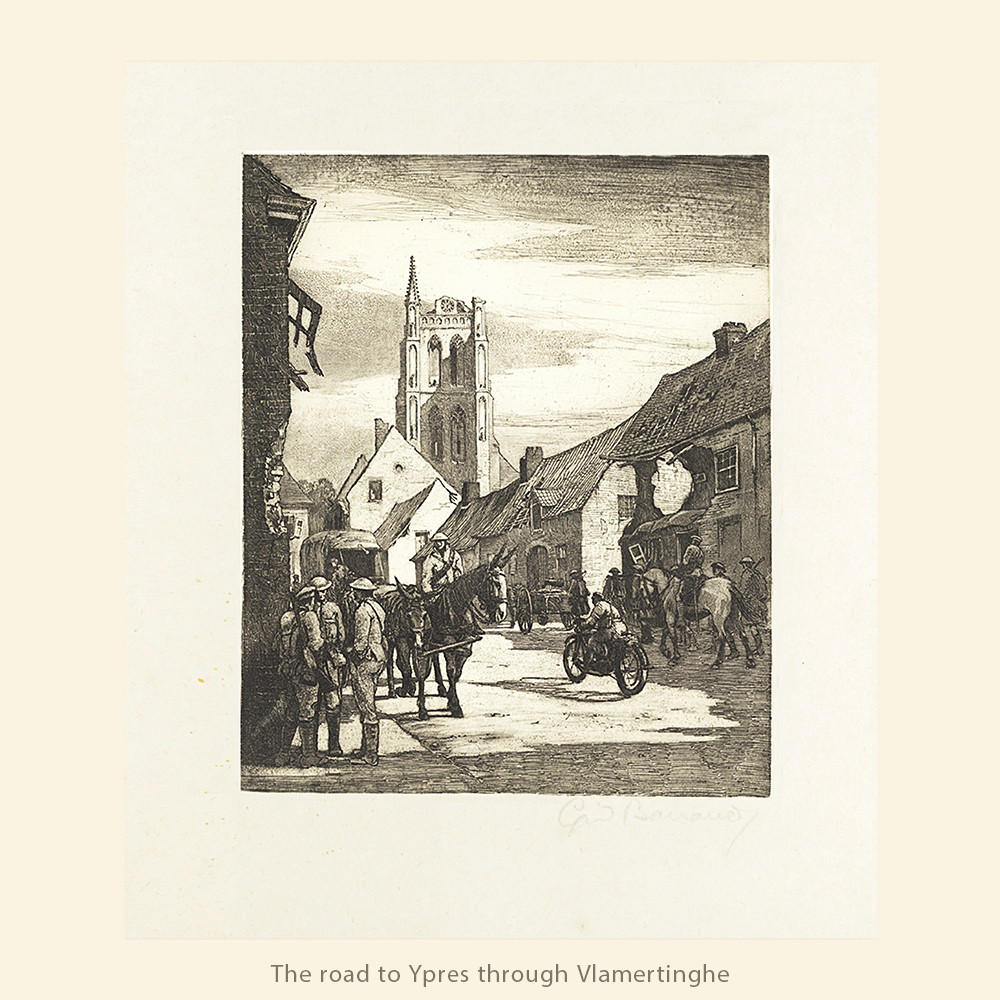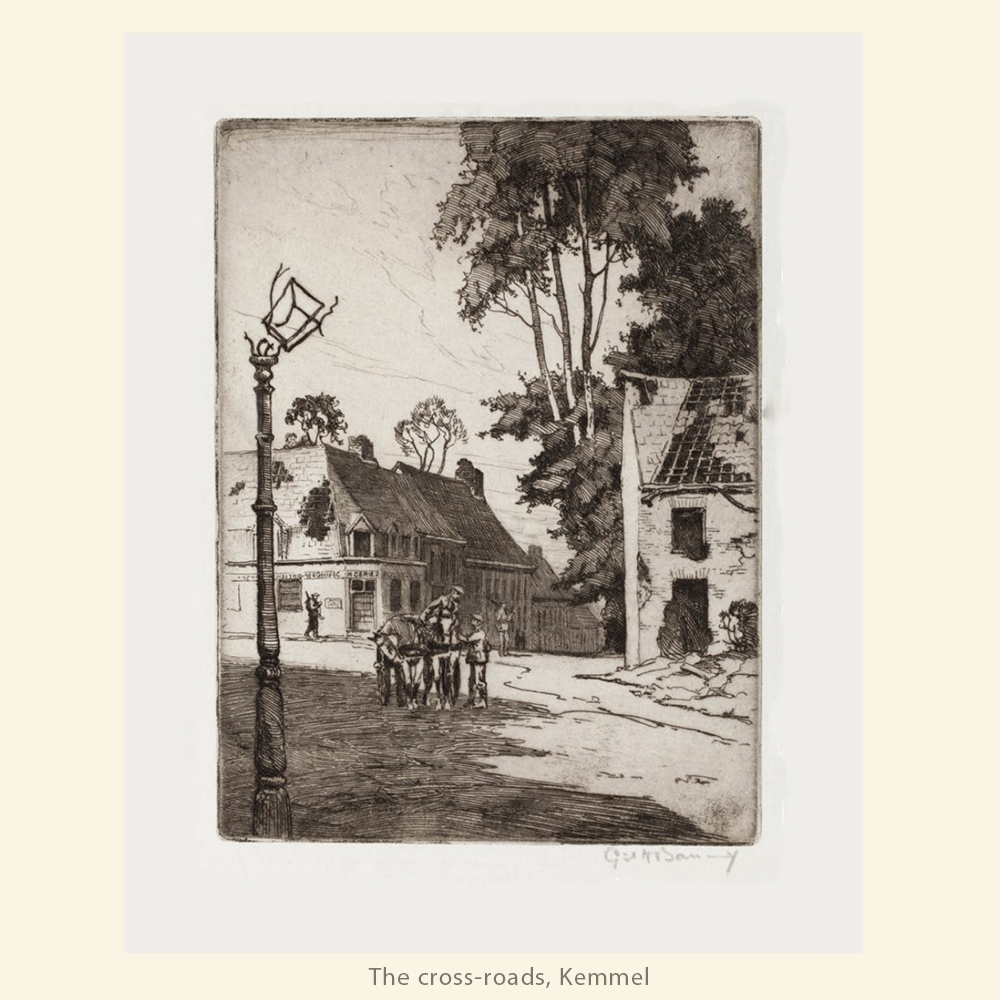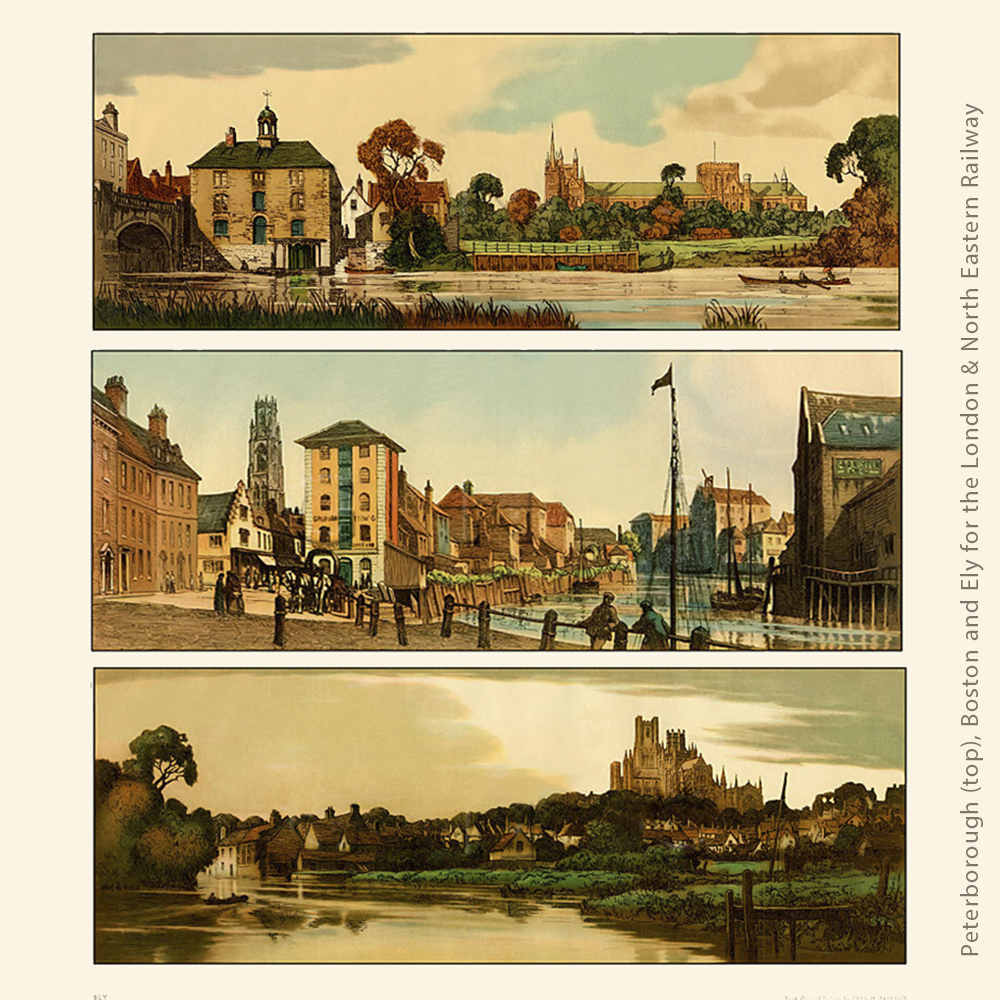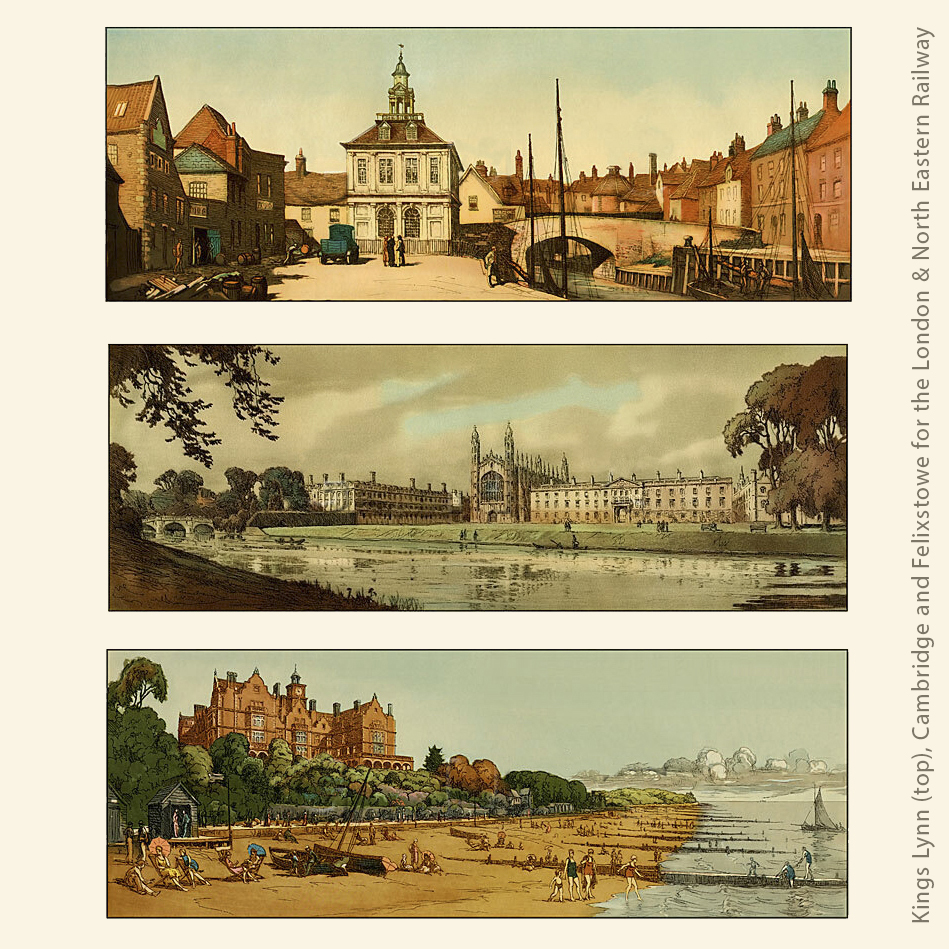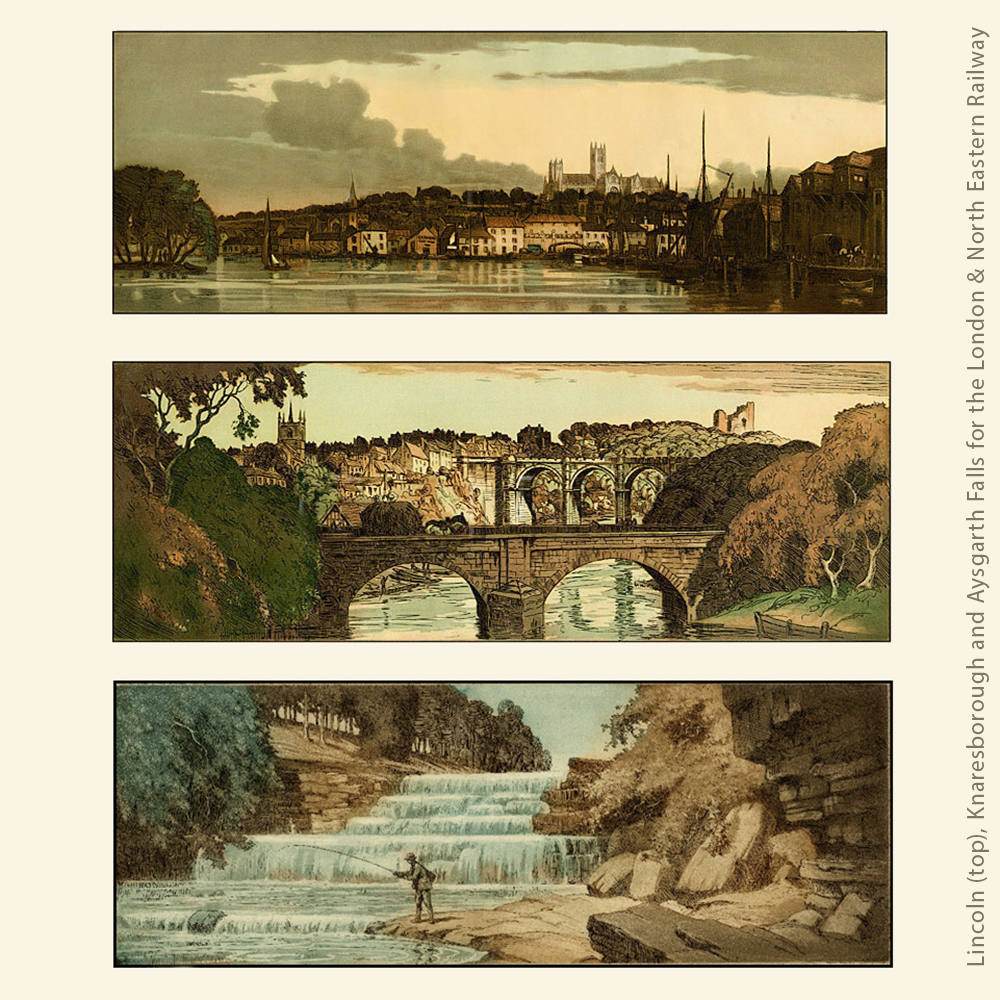CYRIL BARRAUD 1877- 1965
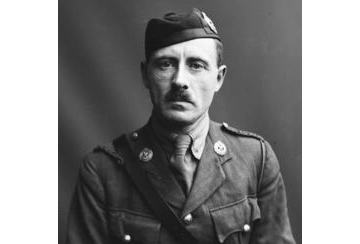
Cyril Henry Barraud, was born at Barnes, Surrey on 9 July 1877. Educated at Downside School, where he won a drawing prize in 1890, and at Brighton School of Art before taking over the running of his late father’s photographic business in Piccadilly, Central London. He was close to his uncle Francis Barraud and helped him with the final version of ‘His Master’s Voice’ – the painting used on HMV records.
Cyril emigrated to Canada arriving in Manitoba in 1913 and became a leading figure in the Winnipeg arts community serving as President of the Manitoba Society of Artists and Craftsmen and in 1915 was a founder of the Winnipeg Art Club.
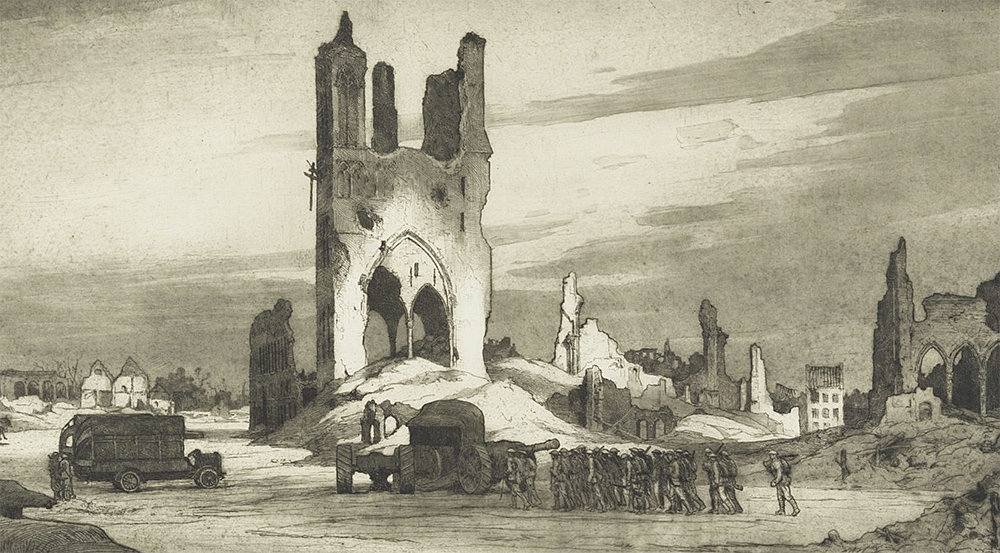
In May 1915 Barraud enlisted in the Winnipeg Grenadiers, serving with the Queen’s own Cameron Highlanders of Canada. He was wounded in the left leg in October 1916 but was back at the front before Christmas that year. In November 1917 he was posted to the Canadian War Office as an official war artist but long before this Barraud had been sketching scenes along the front. Barraud filled seven sketchbooks, completing more than 300 images and remained in the army after the armistice, working some of these drawings into etchings. In August 1919 he resigned his commission and in the same year some of his work formed part of the Canadian War Memorials Exhibition held in London. He returned to Canada but in the 1920s came back to England for good and eventually settled in Coggeshall where he remained for the rest of his life.
Barraud’s favourite medium was undoubtedly etching but he also worked with dry-point, oils and watercolours. He was a regular exhibitor at the Royal Academy between 1912 and 1924 and received commissions, recording industrial scenes, aircraft and topographical views used in LNER Railway carriages. He was a member of the Ipswich Art Club 1948-1949 and also exhibited from his home, Royal Oak Cottage, on Stoneham Street, once the Royal Oak Inn opposite the old school. He produced many etchings of Coggeshall scenes including views of Market Hill, the Woolpack, the river bridge and several interiors of Paycockes.
Cyril Barraud died in 1965 and has a monument in St Peter’s Church.
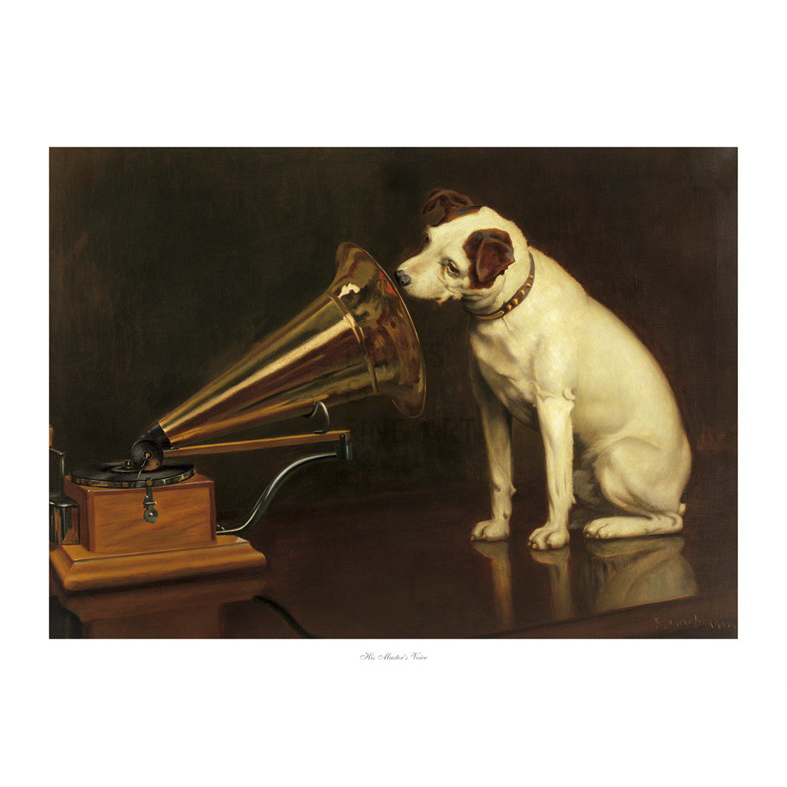
In 1898 Francis Barraud, (Cyril’s uncle) painted a picture of his brother’s dog Nipper listening intently to an Edison-Bell cylinder phonograph. He offered the painting to the Eddison-Bell company but was told ‘Dogs don’t listen to phonographs’.
A year later the Gramophone Company founder William Barry Owen was shown the painting. He suggested that if the artist replaced the cylinder machine with a disc gramophone, he would buy the painting. Barraud obliged, and the image became the successful trademark of the Victor and Gramophone Company Ltd. The slogan “His Master’s Voice” and the painting, was sold to The Gramophone Company for £100 (equivalent to £11,511 in 2021).
By 1913 Francis was struggling financially so the Gramophone Company’s Alfred Clark commissioned a replica of His Master’s Voice for the Victor Talking Machine Company. Barraud then developed his own enterprise, painting copies of His Master’s Voice, for executives and employees of the Victor Company in the United States. When he painted the last of these copies, he was assisted by his nephew, ‘our’ Cyril Barraud. In 1919, the Victor Company and the Gramophone Company jointly arranged for Barraud to receive a pension of £250 a year, increased to £350 in 1924, as a gesture of appreciation for his services.
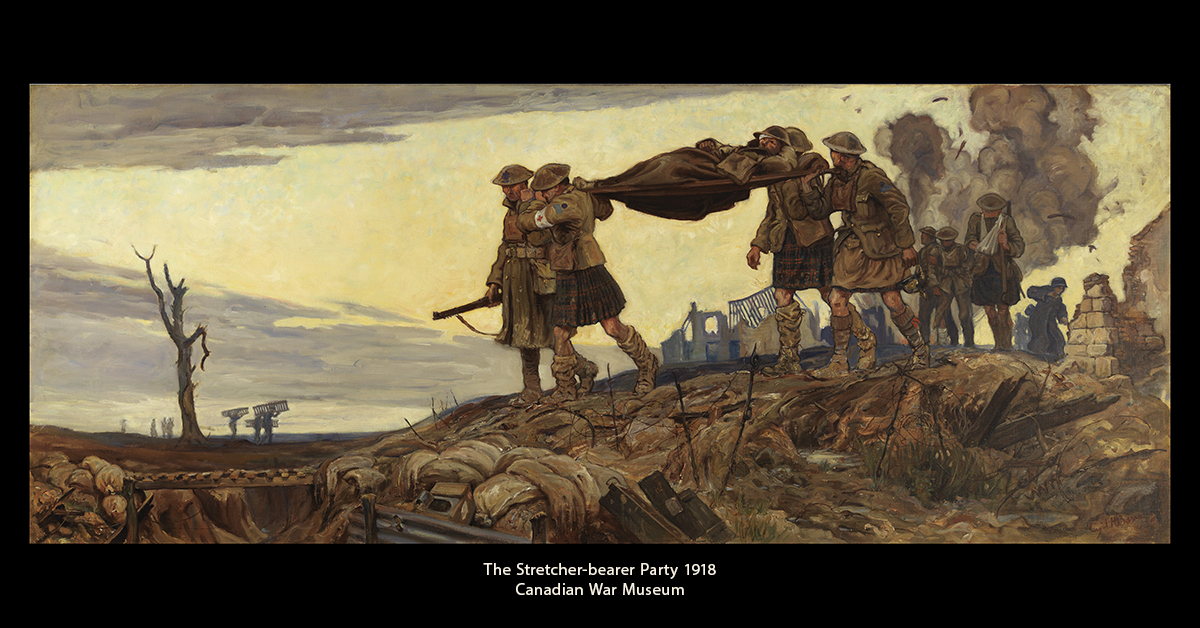
Return to the Coggeshall Artists Page
With grateful thanks to Gail Turner, Kate Finlay and Trevor Disley for allowing the use of their paints and prints here and in the museum display.
